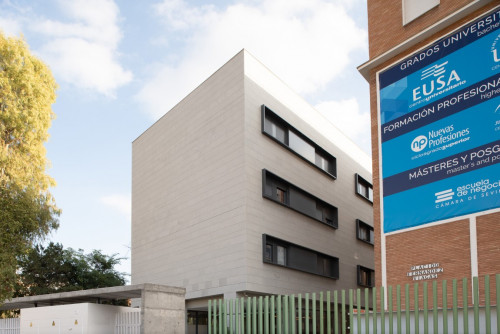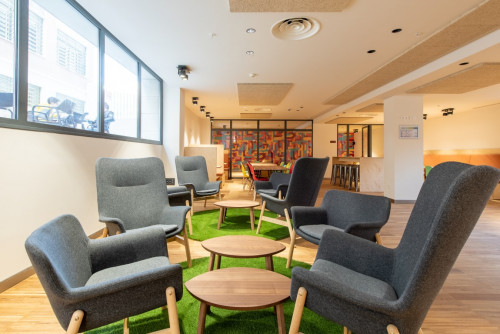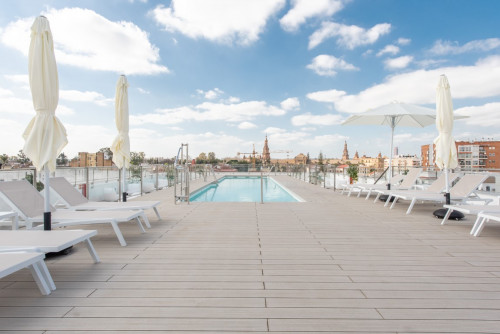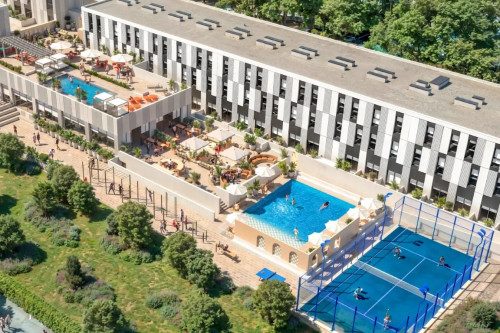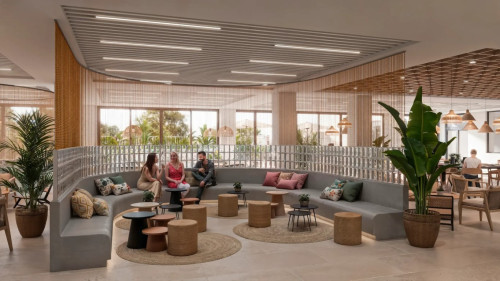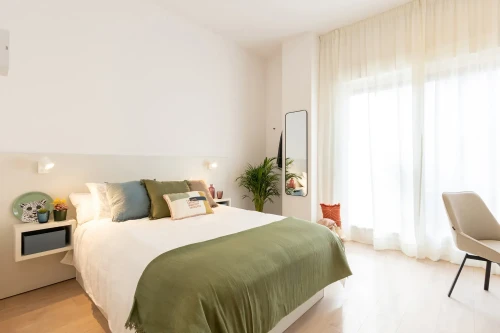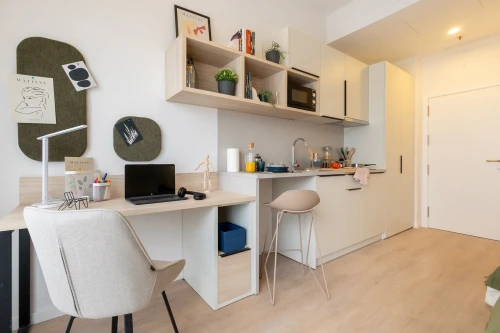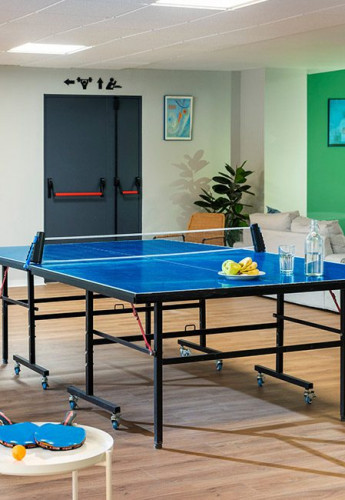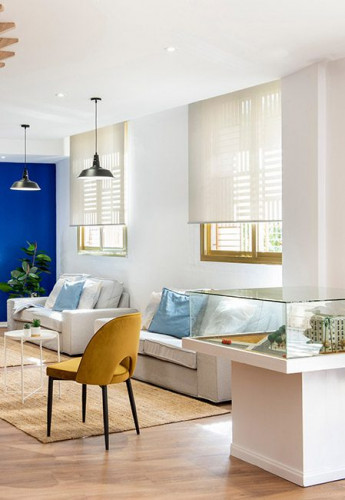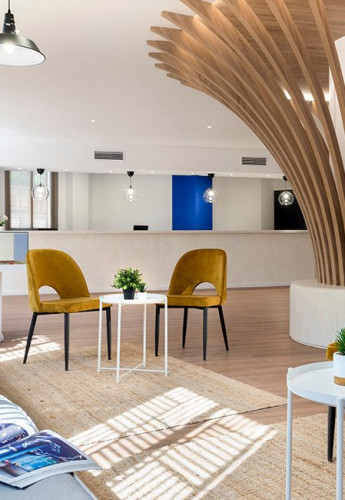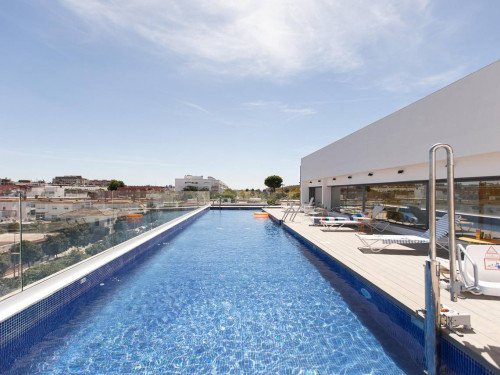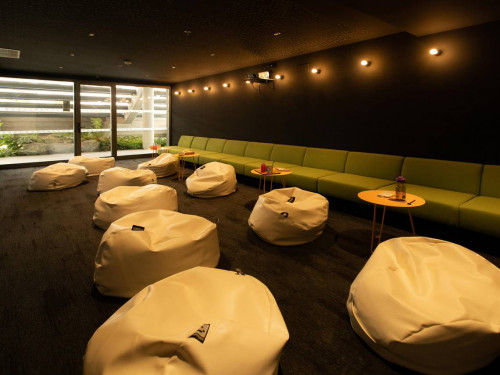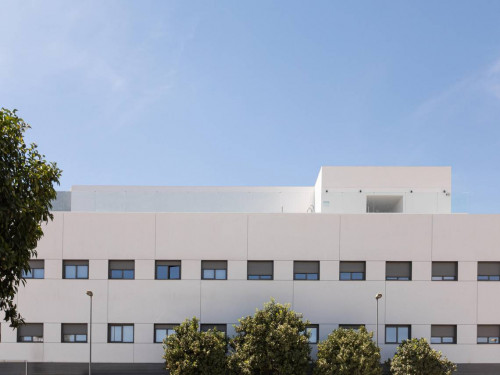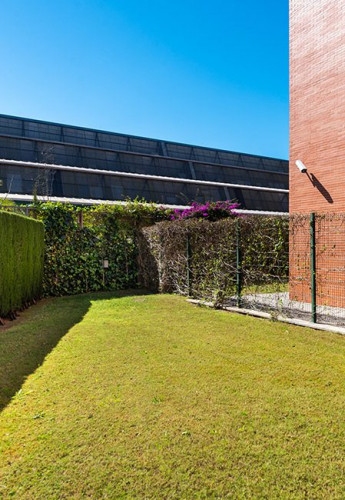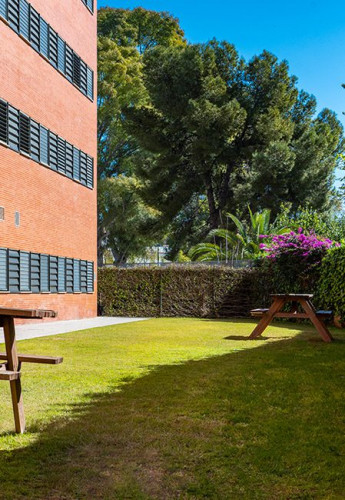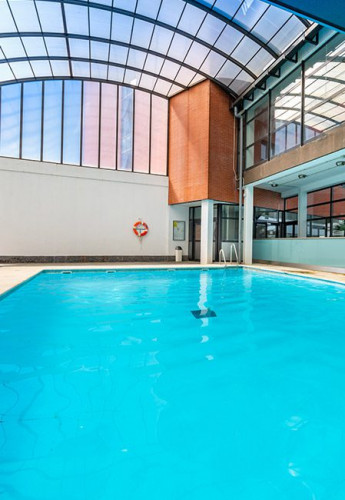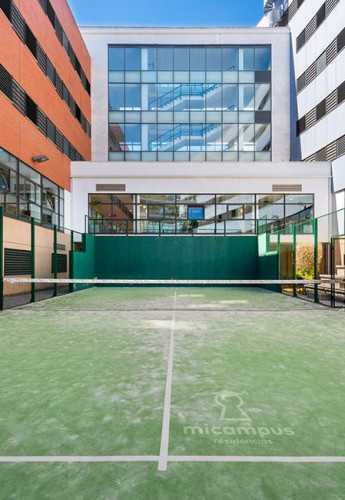Famous for its flamenco dancing and Mudéjar architectural designs, Seville is the largest city in Southern Spain. It was said to have been built by Hercules himself and its fascinating history makes it one of Spain’s most intriguing places to visit. With a variety of sights and activities, this city will never leave visitors stuck for choice.
Located on the Guadalquivir River, Seville is seen by many people as the most beautiful city of Andalusia and Spain, thanks to the many historical highlights. The city is known for its Arabic influences, the narrow winding streets, parks, and the large historic centre (Barrio de Santa Cruz). Many beautiful Moorish buildings are still kept intact, such as the Alcazar Palace. Some buildings have Catholic twists on them, like the cathedral with the Giralda.
Why Book Student Accommodation in Seville?
Unlike Madrid and Barcelona, Seville has a population of about 700,000 people; it’s not a village nor a city, and once you live here you understand this concept. So if what you are trying to get out of your study abroad experience is cultural immersion, then you will find it much easier to do so in such a smaller city.
Seville is a university town with over 65.000 Spanish students. The nearest beach is located one hour away. The city has sunny weather pretty much all year round. It is home to some of the most beautiful monuments, sites, and architecture that you will find in Spain.
Universities in Seville
The University of Seville
Casita has 6 accommodation options within walking distance to the university.
More than 4 bus stops surround the campus; Menendez Pelayo (Juzgados) is just a 3-minute walk away.
Both Royal Alcázar of Seville and Plaza del Cabildo are just an 8-minute walk away.
Pablo de Olavide University
Our 6 accommodation options are all within walking distance of the university.
More than 4 bus stops surround the campus; Universidad Pablo Olavide (Biblioteca) is just a 4-minute walk away.
Lapiaz Areniscas de la Formación Roja is just an 11-minute walk away.
The International University of Andalusia
Casita’s 5 accommodation options are within walking distance to the university.
One bus stop, Inca Garcilaso (Puerta Triana), is close to the university. It’s just an 11-minute walk away.
Seville Museum of Fine Arts is just a 7-minute car ride away.
Student Life
Is Seville a student city?
Yes, Seville is among the most popular European cities for international students. The city has year-round sunshine, a laidback lifestyle, vibrant streets, culture, history, thousands of tapas restaurants, an affordable cost of living, and of course, excellent universities. The city is also ideal for students who are in the middle of being cosmopolitan and conventional.
Does the University of Seville teach in English?
The University of Seville provides the International Studies Program in English. The program offers students with little or no previous background in Spanish, the opportunity to take courses in English and Spanish at a local Spanish university. With the support of a Resident Director, students can enroll in a variety of content courses, specifically designed for international students. The program includes numerous cultural activities, day trips, and excursions.
Can I work while studying in Seville?
Seville is part of Spain, so the answer is yes. Student visas in Spain are flexible and students can work along with their studies. International students can ask for a work permit from local authorities to work 20 hours per week. This applies until the expiry of your student visa.
Must-Visit Places in Seville
Seville has a diverse range of highlights, sights, and tourist attractions. Such highlights and landmarks include the sightseeing of the historic city centre with Moorish influences, Alcázar Real de Sevilla is the Royal Palace of Seville. This Moorish palace complex is by far the most famous Seville attraction. The Alcazar palace should not be missed during your city trip. The palace is still in use today by the Spanish King. Due to the limited number of visitors per hour, it is crucial that you buy your tickets in advance.
The Catedral de Santa María de la Sede is one of the largest cathedrals in the world. The cathedral was built over the remnants of a Moorish mosque. The Giralda tower was once part of this mosque. Once in the cathedral, you can admire a treasure trove, the tomb of Columbus, and the royal chapel. You can also climb the Giralda tower for a beautiful panorama of the city.
The most famous square in Seville is located in Maria Luisa Park. The 'Plaza de España' was created for the Ibero-American exhibition of 1929 to symbolize peace with the former colonies. A highlight of this “Spanish square'' is the 52 benches with Andalusian tiles that represent all Spanish provinces.
Transportation in Seville
Seville has a great network of buses. Most buses depart from Puerta de Jeres (south of city centre) or Plaza Ponce de Leon (east of city centre). The Plaza de las Armas is mainly a bus station to travel to other Spanish cities and from the bus station Prado de San Sebastián the local buses depart. Bus tickets are available from the driver (from €1.30) or in a kiosk. City buses C1, C2, C3, and C4 run in, through, and around the centre.
The Metro-Centro tram is a 1.4 km line through the centre of Seville that you can take. It connects Plaza Nueva to Avenida de la Constitucíon (near the cathedral). The tram stops at Archivo de Indias, Puerta de Jerez, San Sebastián, and San Bernardo.
Seville also has one metro line with 22 stations and at the moment they are busy working on three new metro lines. The line is primarily intended to connect you to the suburbs of Seville. A one-way trip starts at €1.35.
Nearby Student Accommodation In Andalusia
Casita offers student accommodation in other Andalusia cities besides having facilities for student accommodation in Seville. Two of these cities are:
Granada and Cordova.